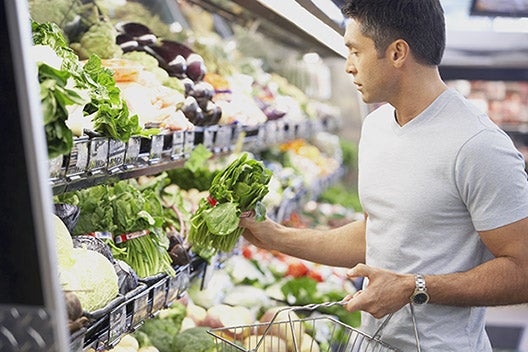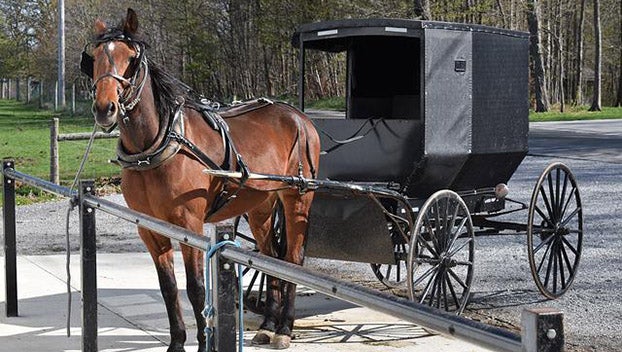Cumberland County is a food desert. How do you fix that problem?
Published 1:50 am Friday, January 20, 2023
|
Getting your Trinity Audio player ready...
|
CUMBERLAND – Millions of Americans live in food deserts. In Virginia, Cumberland County is Ground Zero. The underserved community has limited access to a grocery store, and 83% of the population is eligible for Federal Nutrition Assistance such as SNAP, WIC and free school meals.
“Access to food is important for any community, and it’s not just access to any food. It is access to affordable, quality, fresh food,” said Cumberland County Administrator Derek Stamey. “Studies have shown that individuals who live in food deserts are more likely to have health issues such as stroke, heart attack, type 2 diabetes, etc. That threat is real to our residents.”
Stamey says if need be, you can get to a fast food chain or a grocery store from Cumberland, but at the end of the day, it depends on where you live.
Doris Seal, the president of Cumberland Community Cares (CCC) at Delma’s Food Pantry, believes access to transportation plays a large role in that — and it’s not something every resident has. It’s a one-two punch for seniors living on a fixed income.
“Not only do seniors have a hard time getting to a grocery store, but also their income level is slowing down every year because of the cost of living,” Seal said. “If they retire when they’re 60 and they’re now 75 or 80, their money doesn’t go far.”
Stamey believes Cumberland’s challenges with public transportation mirror that of other rural localities in the region and across the Commonwealth.
“We simply do not have the density or funding mechanism to provide adequate public transportation, therefore we rely on non-profits and other community organizations that can provide transportation access to individuals,” he said.
The entire region is ‘food insecure’
A foodbanks.org map shows 13%-17% of Cumberland labeled as “food insecure.” Now, to be clear, food insecurity doesn’t mean no options exist. It does however mean, as Stamey and Seal point out, there are obstacles in the way. After all, it’s hard to plan on a weekly grocery run if you have no vehicle and no one to give you a ride. At that point, you just take what you can get.
And it’s not just a Cumberland problem. To the south and west, the food insecurity numbers rise to between 17%-27%, in Buckingham and Prince Edward counties. But there’s one key difference. Both counties have areas that are not labeled as food deserts. Cumberland isn’t so lucky — it is categorized “food desert” in its entirety.
“Individuals located centrally within the county have the farthest to travel thus the least amount of access,” Stamey said. “Most residents travel to Powhatan, Buckingham, Goochland, or Farmville to get groceries or they pick them up on their way home from work.”
Over the last couple of years, the arrival of a Dollar General Market and Pine View Bulk Foods have helped some, but there are still challenges.
“The Dollar General Market, that’s only been here just a little while and the cost is quite high,” she said. “The Amish store is so close to Farmville that if you live in the Cartersville or Columbia area of Cumberland, you wouldn’t get there.”
How do you fix the Cumberland County food desert?
There are restaurants, gas stations and food trucks that provide access to food as well, but getting another grocery store? It’s something Stamey says they are continuing to work on.
“The County has approached multiple chains over the years and (we) have repeatedly been told that the economics do not work for a large chain to locate in Cumberland County,” Stamey admits. “That doesn’t mean that we stop our efforts. The grocery store issue is a focus of the Board of Supervisors and the County is currently working on a strategic economic development plan with the EDA which will focus heavily on bringing a grocery store to Cumberland. In addition, we will continue to identify federal and state programs that may be able to assist in the endeavor as well as maintain an open dialogue with grocery store chains. The need is there and the work must continue.”






